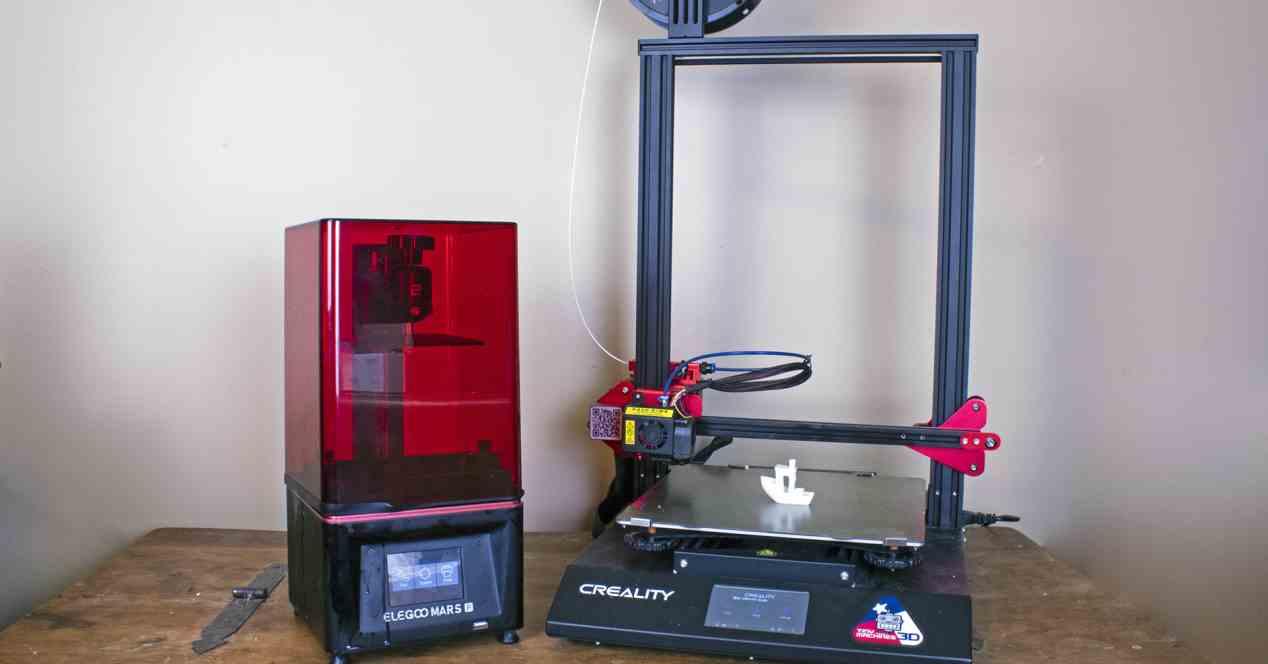When buying a basic 3D printer, you will have noticed that there is a decision to be made from the start: what is the material to be 3D printed? If we talk on a professional or even industrial level, we will see that there are a large number of materials available. However, for the home user, we have two basic options. doWhat is the best option between filament or resin for a basic 3D printer?? That’s why we decided to make this basic article, so you can see the differences and choose the best one for your projects.
3D printing is not something new and there are several examples of it in everyday life. For example, if you have already had to change a tooth, the replacement is made using 3D printing. And at the medical level, not only teeth, but we can also end up with prostheses. And apart from health, we cannot forget its use in the world of jewelry. Therefore, at a professional level, its usefulness is more than proven. However, it is at the home and small business level that 3D printers have exploded and the first decision to make when buying one is the type of 3D printer. In other words, choose the filament you use.
Filament versus resin in a 3D printer
In the same way that when choosing a traditional printer we choose the printing system, in a 3D the same thing happens, but in relation to the base material used. Which at the same time makes the operation between these two types of 3D printers different from each other. Therefore, the user’s choice will depend on the nature of the material he has chosen.
In the case of FDM 3D printers, their mode of operation is to use a plastic filament. Which is melted by a mechanism identical to that of a glue gun and directed by a surface on which it cools. The object is built layer by layer which solidifies. The job of the rest of the 3D printer is to aim the gun at the surface in an orderly fashion so that the figure comes out as intended.
Instead, SLA 3D printers use resins which can come in powder and liquid form. The printing method is in layers, but to harden and compact the object it is necessary to use ultraviolet light. This is one of the reasons, along with harmful gases, why this type of printer fails. In order to obtain this light, a type of laser is used. Its operation is therefore different. Here, we don’t have an object that heats the material, but rather the resin that is spread on the surface so that the laser then draws each layer.
The differences between the two types of 3D printers are not limited only to the printing mode, but go far beyond. Finally, we leave you a simple comparison between the two types of printers and their filaments.
| Features | FDM Printers | SLA printers |
|---|---|---|
| Type of material | Filament (PLA, PETG or ABS, Nylon, PVA or TPU) | Resins, chemical compositions differentiated by manufacturer. |
| print speed | quick | Slow, because there is less space for printing. |
| Colors | Yes, with the possibility of combining filaments | No, normally the compositions are monochrome |
| Level of detail | down | High, thanks to the use of a laser. |









